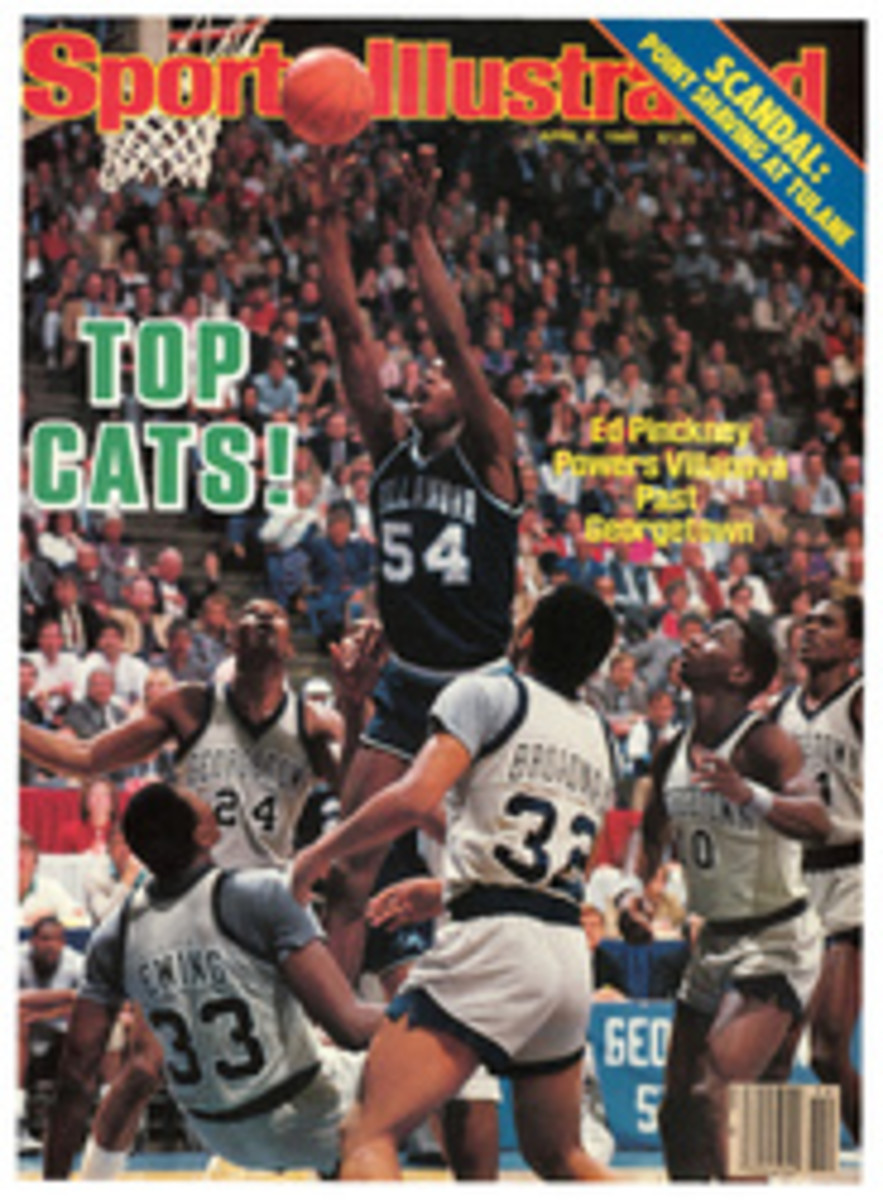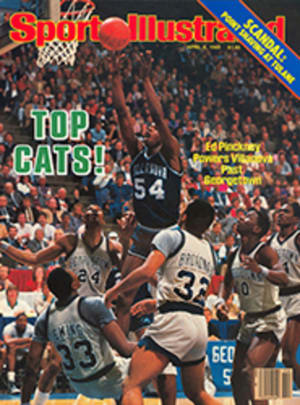
BY SOLVING HIS TEAMMATE'S MURDER, A CENTERFIELDER BECOMES THE MVP
This baseball mystery cops first prize in two categories: Ugliest Book Jacket of the Year and Most Insipid Title. More about both later.
Fortunately, it does well otherwise. This is the story of the Providence (R.I.) Jewels, an expansion team in the American League East in its first tumultuous season. The centerfielder—our hero, after a fashion—is Harvey Blissberg. "Last year, with the Red Sox, he had considered himself in his prime. Now he felt like someone detained at the border before being allowed to pass over into the rest of his life." Harvey's roomie on the road is reliever Rudy Furth. The Jewels are being murdered by the rest of the league. Rudy is murdered by person or persons unknown. The Yankees and the Red Sox are tied for first; the Jewels and Toronto are tied for last; Harvey is batting an even .300. Who wins? Who loses? Who killed Rudy? All of this is the meat of Strike Three You're Dead, by R.D. Rosen (Walker and Company, $12.95). Now you know about Category 2.
Rosen knows something about baseball as well as good writing. In this, his first novel, he has devised a plot that keeps you turning through 234 pages. (Rosen writes and produces shows for public television and is the author of a book you may have heard of called Psychobabble.) My only serious objection to Strike Three is that as the curtain is falling, so to speak, he explains more than he needs to, apparently trying to avoid the accusation that he has left a few loose ends. Otherwise, the book is full of bright banter between Harvey and his TV-reporter lady friend. There's a whiff of resemblance between his dialogue and the laconic lingo that enlivens the Spenser private-eye novels by Robert B. Parker. If the similarity is deliberate, Rosen has chosen a fine model. Harvey's friend is no mere sex object or background embroidery. Her career is constructed to conflict with Harvey's—so that you're sure to notice it—and proof is offered throughout the book that she's a genuine newshound and not just a pretty face reading stuff off a ticker.
Harvey himself is an introspective sort, given to meditations on the nature of his game. Here's how he feels about his job playing center: "Being alone with all that grass calmed him. Even as a kid, when other Little Leaguers wanted to play only shortstop or pitch, Harvey had played centerfield. Green, spacious, removed from the crowded, dusty infield, center had all the virtues of a desirable suburb."
One night, against New York, Harvey drives a pitch into "that vast terrain that is left center in Yankee Stadium." On his way to second, he's thinking triple. "Doubles were banal; there were too many ways to get them. Home runs were too sudden, and the excitement was only in where the ball went, not in what was happening on the field. But triples were aberrations, the rare product of location, circumstances and speed. The game was not built for triples."
As Harvey stumbles in his efforts to solve Rudy's murder, he faces moments of despair as well as danger. In one of his down periods, he is interviewed by a somewhat unlikely reporter who expresses the hope that someone really feels a personal responsibility for nabbing the killer. He tells a story to illustrate what he means: A wedding was planned in a small town and each of the guests was asked to bring a bottle of vodka and pour it into a barrel from which all would drink. One guest figured, "With all this vodka, who will know if I put water in my bottle?" When all the bottles were poured into the barrel, "the first man drew a glass.... He brought it to his lips and he drank it. It was water. The whole barrel was water." Harvey gets the point. "Somebody," he says, "has to bring the vodka." He continues groping for a solution.
He arrives at one, but it is not the ending. Rosen offers a series of these, and the final wrap-up, though contrived, is satisfying. If you've been reading carefully, you will have sorted through enough red herrings to have only solid suspects, motives and methods left in your net.
As for Category 1—what we see on the jacket is a grinning skeleton behind a catcher's mask, righthand bones about to signal the next pitch. All of this is highlighted by hideous yellow block lettering laid atop misty black airbrushing. Effective, possibly; but also, the award winner for ugliness.

